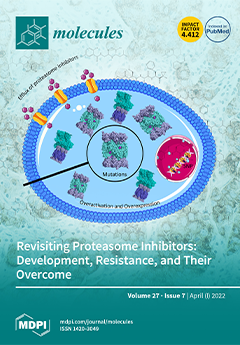Fungi comprise the second most species-rich organism group after that of insects. Recent estimates hypothesized that the currently reported fungal species range from 3.5 to 5.1 million types worldwide. Fungi can grow in a wide range of habitats, from the desert to the depths of the sea. Most develop in terrestrial environments, but several species live only in aquatic habitats, and some live in symbiotic relationships with plants, animals, or other fungi. Fungi have been proved to be a rich source of biologically active natural products, some of which are clinically important drugs such as the β-lactam antibiotics, penicillin and cephalosporin, the immunosuppressant, cyclosporine, and the cholesterol-lowering drugs, compactin and lovastatin. Given the estimates of fungal biodiversity, it is easy to perceive that only a small fraction of fungi worldwide have ever been investigated regarding the production of biologically valuable compounds. Traditionally, fungi are classified primarily based on the structures associated with sexual reproduction. Thus, the genus
Neosartorya (Family Trichocomaceae) is the telemorphic (sexual state) of the
Aspergillus section known as
Fumigati, which produces both a sexual state with ascospores and an asexual state with conidiospores, while the
Aspergillus species produces only conidiospores. However, according to the Melbourne Code of nomenclature, only the genus name
Aspergillus is to be used for both sexual and asexual states. Consequently, the genus name
Neosartorya was no longer to be used after 1 January 2013. Nevertheless, the genus name
Neosartorya is still used for the fungi that had already been taxonomically classified before the new rule was in force. Another aspect is that despite the small number of species (23 species) in the genus
Neosartorya, and although less than half of them have been investigated chemically, the chemical diversity of this genus is impressive. Many chemical classes of compounds, some of which have unique scaffolds, such as indole alkaloids, peptides, meroterpenes, and polyketides, have been reported from its terrestrial, marine-derived, and endophytic species. Though the biological and pharmacological activities of a small fraction of the isolated metabolites have been investigated due to the available assay systems, they exhibited relevant biological and pharmacological activities, such as anticancer, antibacterial, antiplasmodial, lipid-lowering, and enzyme-inhibitory activities.
Full article






